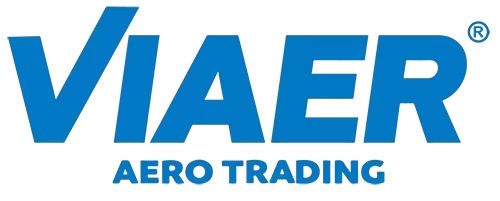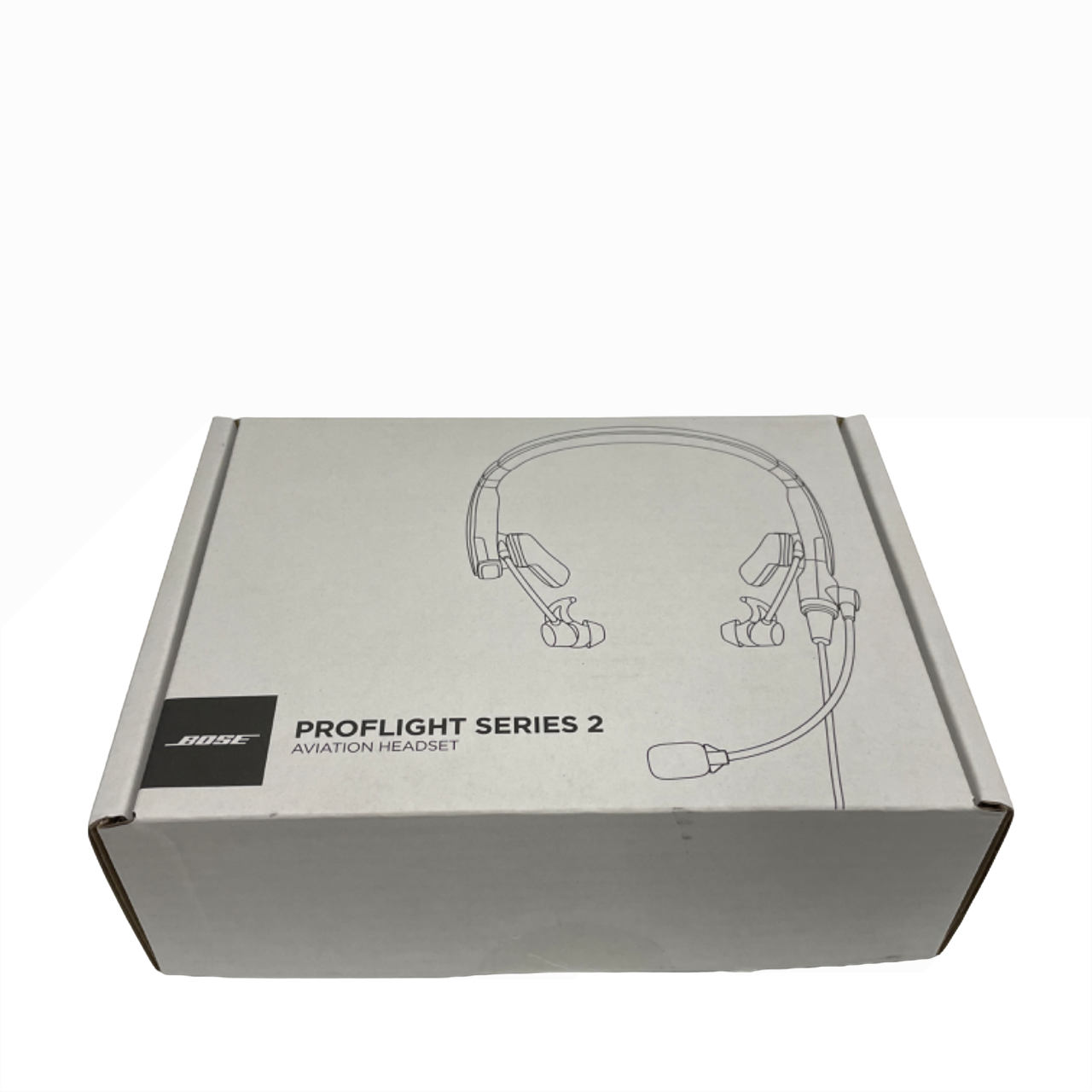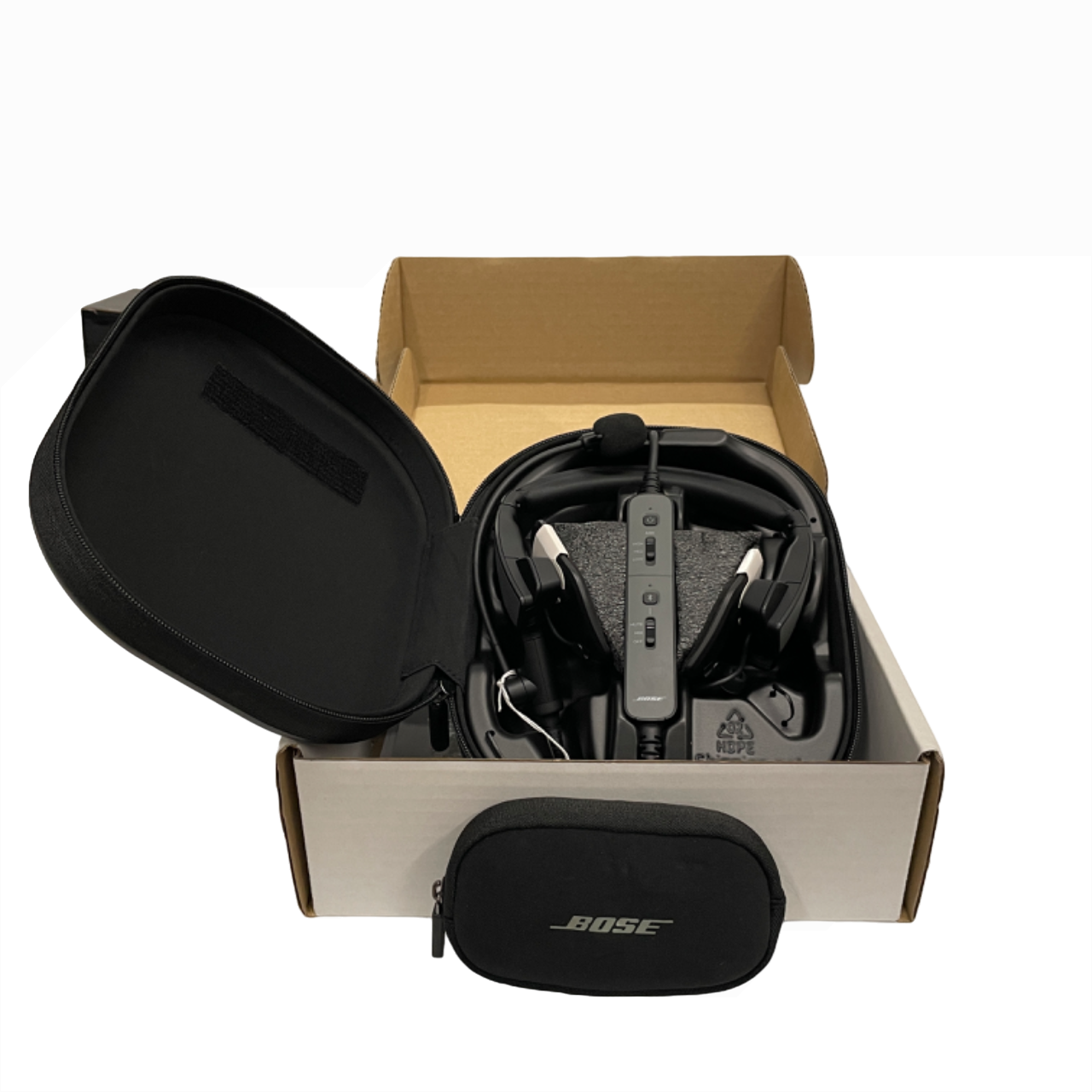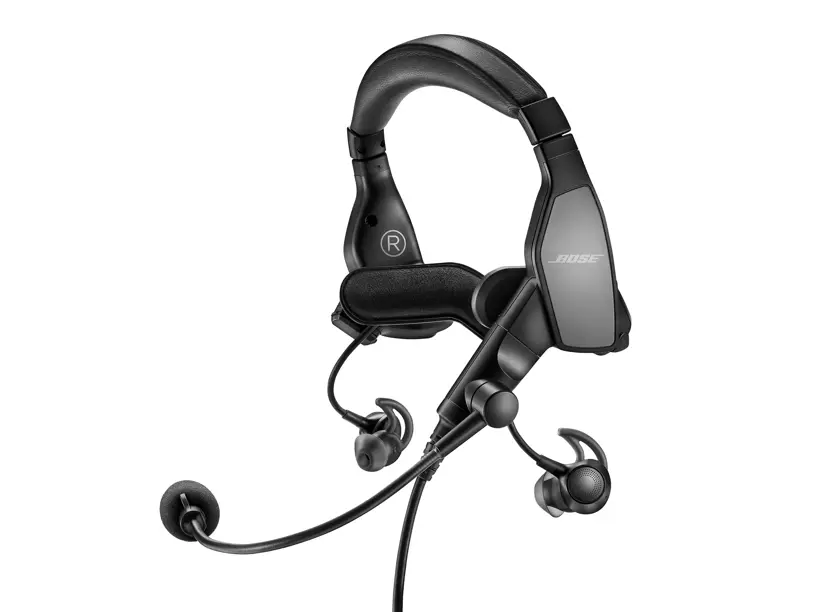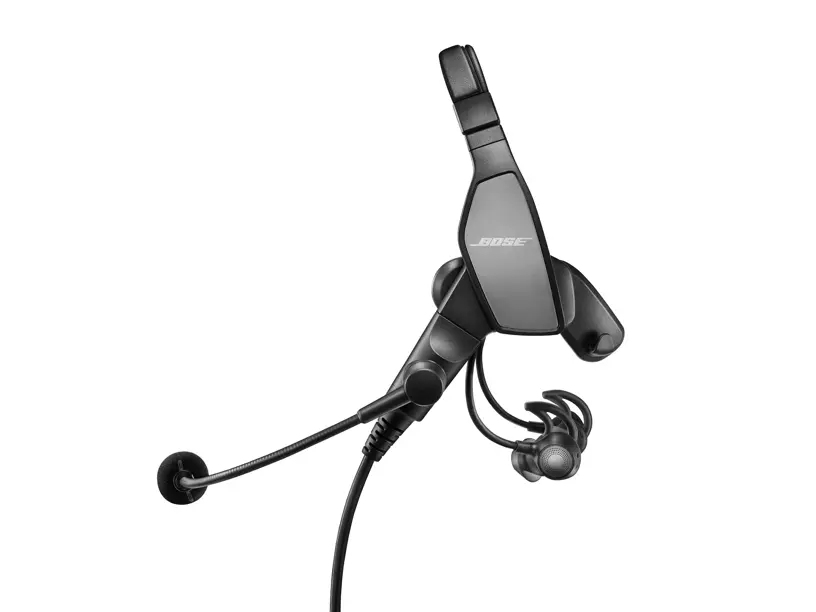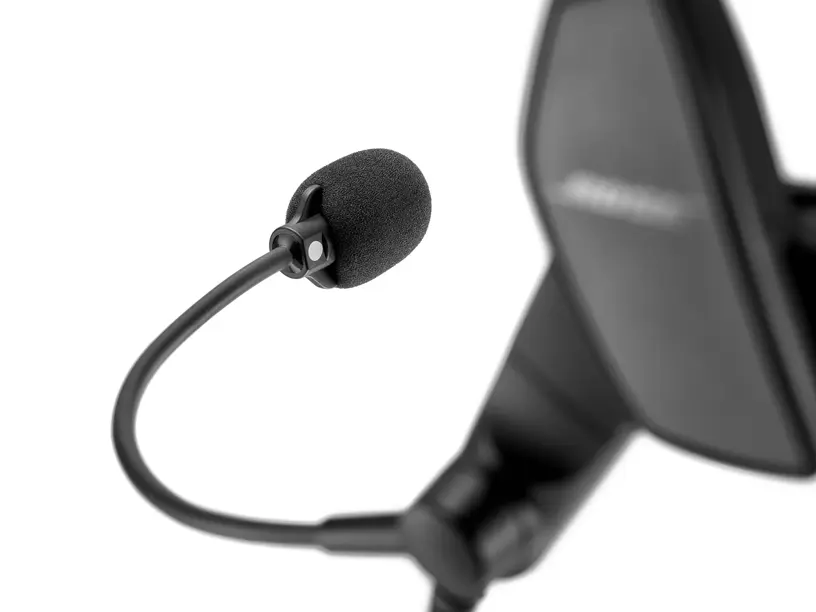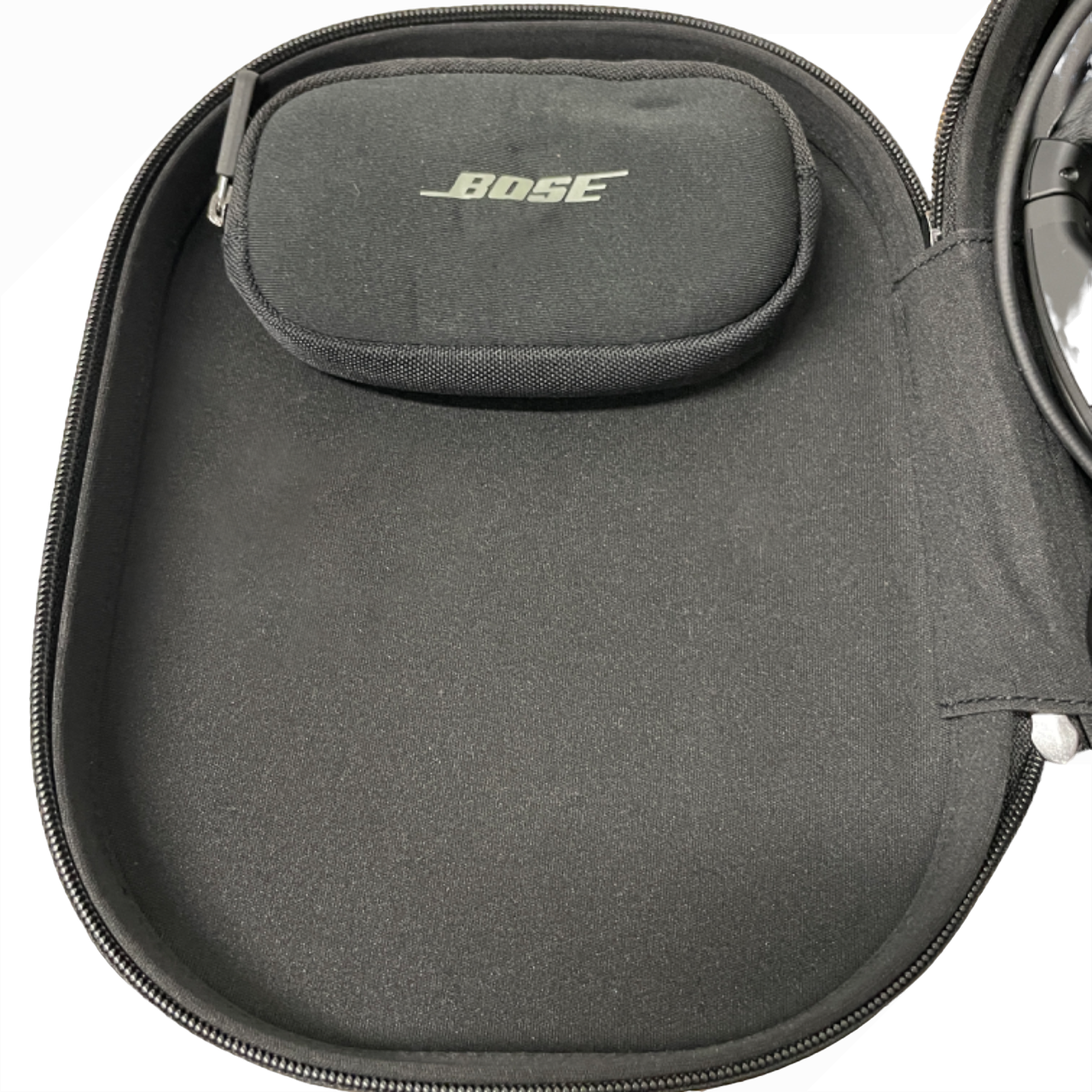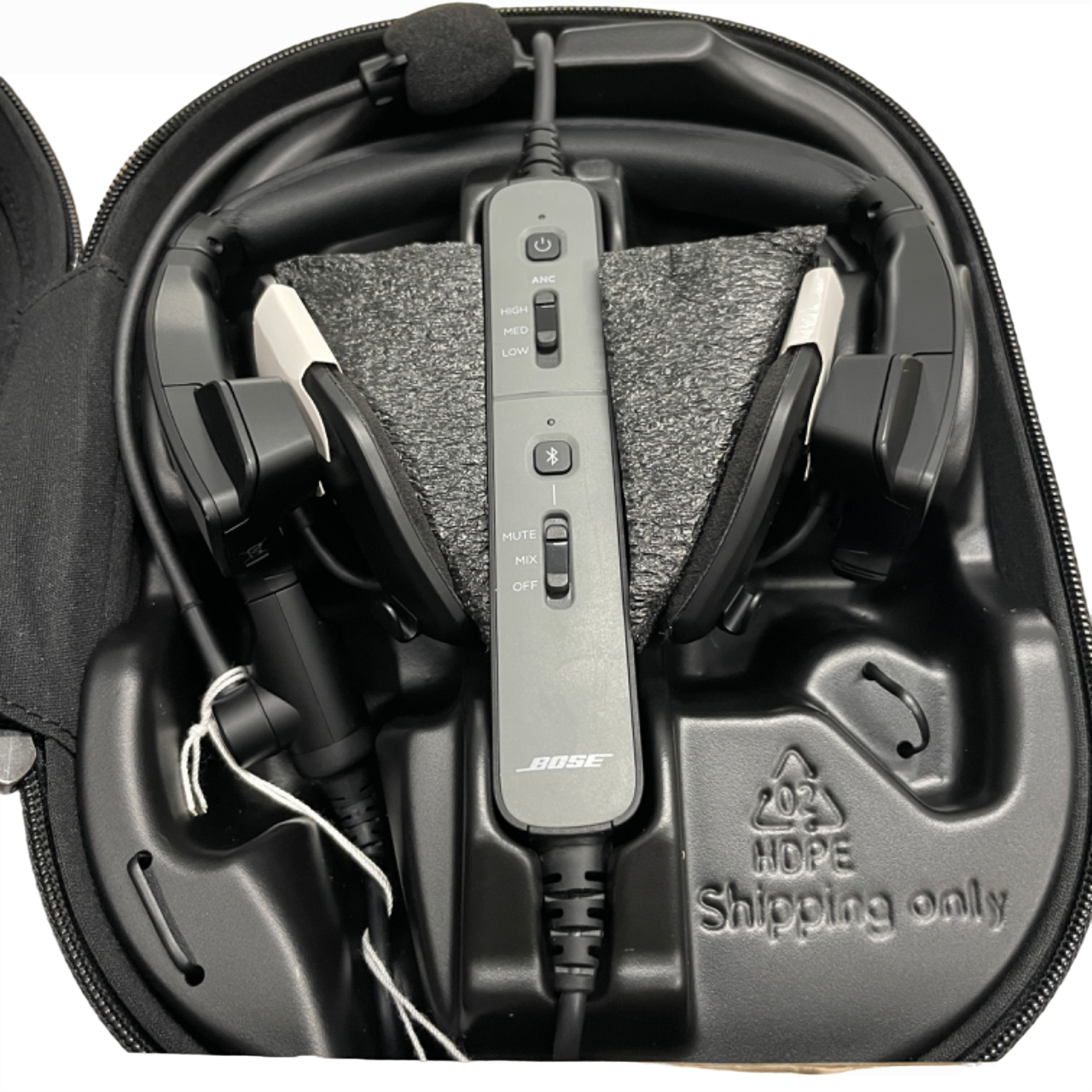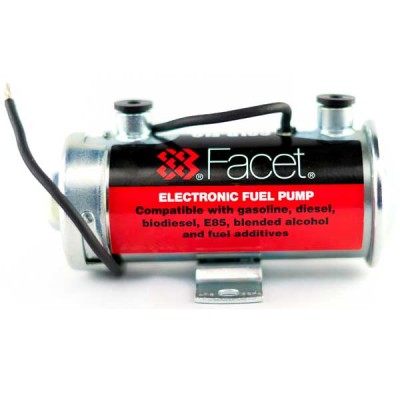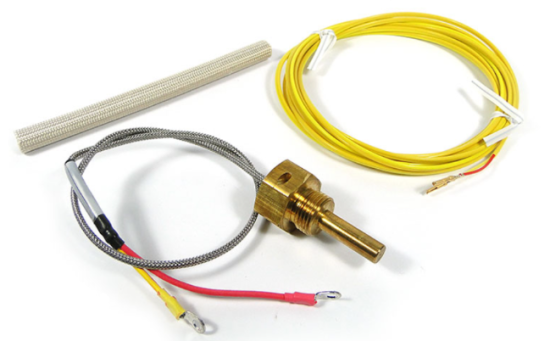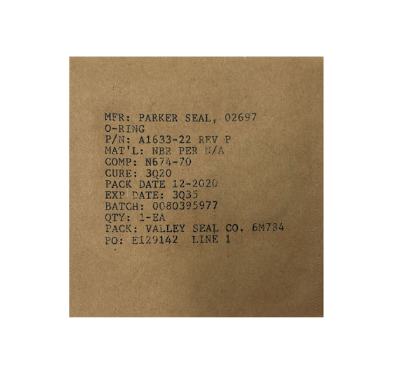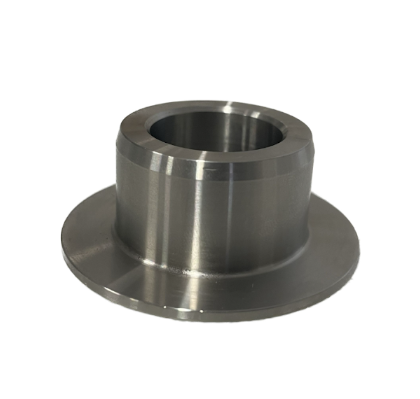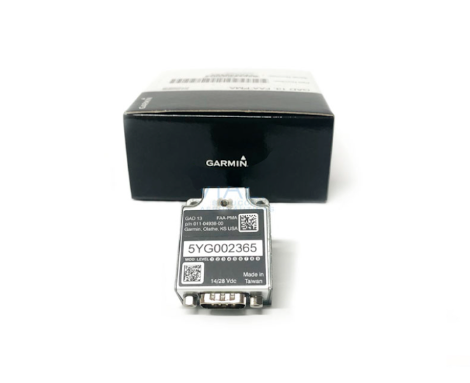Seu carrinho está vazio no momento!
789812-5020 – BOSE PROFLIGHT SERIES 2 W/BT AVIATION HEADSET GA
P/N – 789812-5040
Fora de estoque
Descrição
O BOSE ProFlight 2 É UM FONE DIFERENCIADO
Foi projetado para aumentar o conforto em voo. A redução ativa de ruído é a mesma do A20 mas o fato de não ter almofadas faz com que ele não abafe tanto o ruido quanto o A20. Por isso é recomendado para aeronaves menos ruidosas (pressurizadas e/ou a turbina). O Piloto, no entanto, se beneficiará do conforto porque o fone é leve, não pressiona na cabeça e não esquenta as orelhas em voos longos.
O piloto “esquece” que está usando
O fato de ser intra-auricular requer dois cuidados:
- Cada pessoa tem diâmetros de canais auriculares diferentes. Inclusive uma mesma pessoa pode ter o direito diferente do esquerdo. Portanto a escolha da ponteira certa é superimportante. Folgado não vai vedar e apertado pode incomodar muito ou não encaixar e cair constantemente. O PF2 vem com 3 tamanhos de ponteiras de silicone. É muito importante que o piloto escolha a ponteira certa com calma antes de realizar o primeiro vôo com ele.
- Por essa razão, o PF2 é um fone mais pessoal. Cada piloto deve ter o seu, diferente dos convencionais que vários pilotos usam o mesmo fone.
Recomenda-se que o piloto, ao chegar em casa com o PF2 recém comprado, dedique um tempo para conhecê-lo bem antes do primeiro vôo.
Para a escolha da ponteira, o faça em frente de algum aparelho emitindo algum chiado (um radio AM fora de sintonia por exemplo). Isso ajuda bastante a escolher as ponteiras certas.
Depois disso, deve também aprender a identificar com as mãos e com o tato o posicionamento correto dos earbuds nas orelhas/canal (sem precisar olhar no espelho).
Uma meia hora de prática aumenta a intimidade do piloto com o fone.
As dicas acima podem representar uma grande diferença entre amá-lo ou não.
Leve e resistente
Apenas 128 gramas, o Bose ProFlight Series 2 foi feito para ser durável. Este fone de aviação inovador é homologado TSO pelo FAA e também certificado E/TSO-139a pela EASA Europa, o que significa que foi projetado para suportar até mesmo as condições mais difíceis.
O ProFlight Series 2 tem um cabo fino, leve e flexível, proporcionando aos pilotos liberdade de movimento e facilidade na hora do uso ou, bem como na hora de guardar novamente.
Facilmente configurado para atender às suas necessidades
Escolha entre três níveis de cancelamento de ruído ativo, controle conexões sem fio Bluetooth para dispositivos móveis, sistemas de áudio e EFB e gerencie outras funções principais do ProFlight Series 2 a partir do módulo de controle ergonômico. O cabo flexível é estável e de fácil acomodação durante o voo.
Fácil operação e priorização do Bluetooth no app Bose Connect
Abaixo mais algumas dicas da Bose em inglês, sobre como trocar as ponteiras, para que serve o modo LOW do ANR, o posicionamento do side pad na horizontal e do fone na cabeça.
- Selecting the proper ear tip size is critical. If you have the wrong size, the headset’s performance will be compromised. This is especially true of the tap control feature, which simply will not work properly. ProFlight comes with three tip sizes, S, M, L. The medium is the default size and fits most pilots best. The small and large can be found in the pouch inside the carry case. Some pilots may find that they need one size in one ear and another size for the other ear.
To change the ear tip, they should not pull on the “wing” of the silicone ear tip. Instead, they should hold the wing with their index finger and thumb while supporting the base of the ear tip with their other fingers. Gently pull back and away from the ear bud to remove the tip. This will reduce the likelihood that they will tear the ear tip.
- 3 Levels of Active Noise Cancellation (ANC)– In fact, the three settings offer different noise cancelling profiles based on environmental factors. This means that in some aircraft pilots might find medium to be a better setting than high. We also need to stress that the low position is really just “hear-through” which optimizes voice frequencies outside the intercom. Unfortunately, wind noise is in a similar frequency range as voice, so the user will experience an increase in overall noise, even though voices will be optimized. It is important to stress that low mode is intended for use on the ground, while at the gate for example, to communicate with people coming in and out of the flight deck while staying in contact with flight ops. It is NOT intended for use while in flight (pilots who have tried it while flying have complained that it is an unusable setting because it is much too loud, which isn’t surprising because we never intended for it to be used that way). The same holds true for tap control. The intent is to use it when you need, then to go back to medium or high mode.
- Side pads and headband placement – The side pads are in the vertical position for stowage. Prior to use, they should be rotated to the horizontal position with the small ear bud hook positioned at the back. There is a distinct L & R marking.
The headband should be placed slightly in front of the head’s center for the best comfort and stability. Of course, the headband can be adjusted for a tighter or looser fit, but a loose fit will impact stability.
- The headset is intended for quieter turbine powered aircraft (like those made by Boeing, Airbus, Embraer, Gulfstream, Bombardier, etc.). It is not intended for use in general aviation aircraft like Cessna 172’s or Caravans. Nor is it intended for use in ATR’s, Dash-8’s, Q-400’s, etc.
